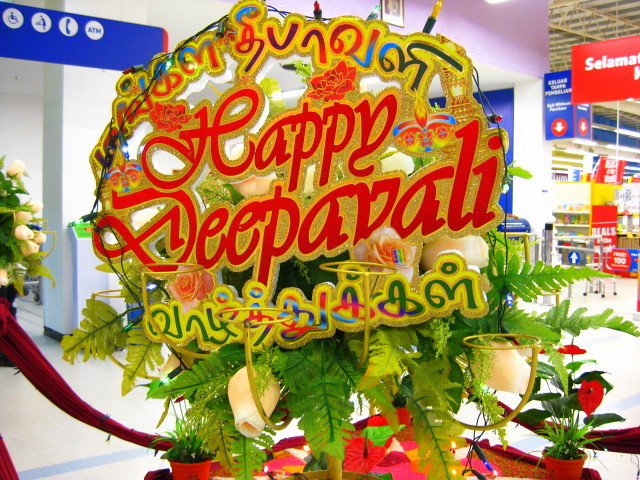
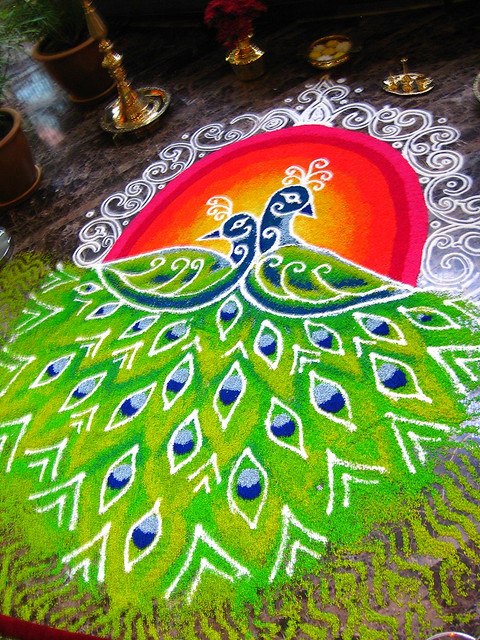
Wishing all Indian friends HAPPY DEEPAVALI! have a joyous, prosperous year ahead!

Herewith Kolams' story to share with...
Powdered white stone was used for Kolam. Seasonal messages like welcome (நல்வரவு) is used in Kolam. Showing off kolam skill by young adult girls to having bragging rights (better deal in arranged marriage). Volunteering to draw kolam at temple is some times made when the devotes wishes are full filled.
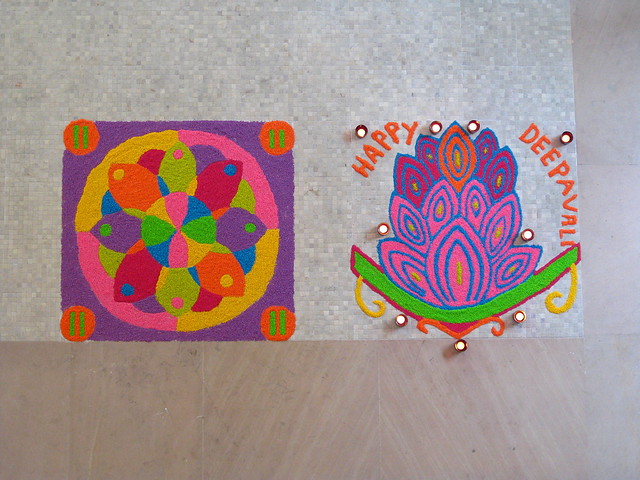
The traditional art of Kolam, comprising a respectable constituent of India's cultural variegation, dates back to the Indus Valley Civilization' in 2500 BC this ancient civilization formed one of the earliest urban more in the world. Accepted as sacred by the norms of Indian culture, Kolam is widely practised throughout India ass a ceremonial offering to the deities that line the illustrious fundament of indian religion. In India, the intricate designs of Kolam are continually recreated and improved all year long, as an indication of man's appreciation of nature's magnificence and acceptance of his co-habitation with other living creatures. During
Deepavali,Kolam is usually drawn two to three weeks beforehand as part of the Deepavali preparations' that include festive food, new clothes, and sometimes the renovating of homes.

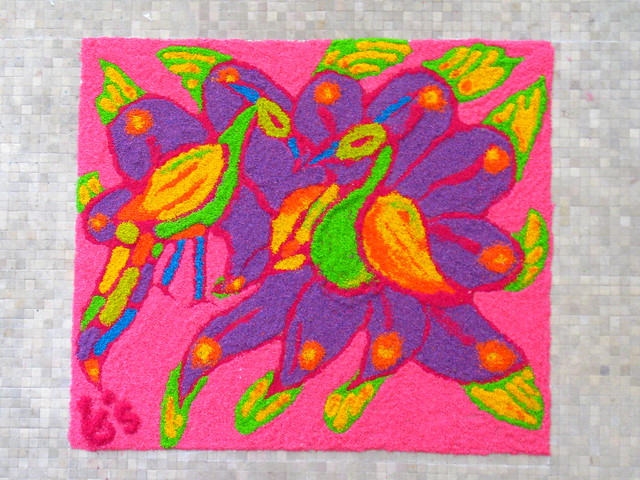
The awe-inspiring art of Kolam has spread to many parts of the world today. On many festivals, Indians from all over the world take time to engross themselves in the art of their ancestors to recreate the divine and devotional atmosphere that Kolam seems to exuberate. They use powder from white stone, lime, rice Hour, and other cheap paste to express these intricate and ritualistic designs, while the complexity of each design depends on the level of creativity of individuals. Formal training is not required to be able to design the Kolam, as all that is needed to draw is the appreciation of beauty in its most inspiring state and the attempt to represent it should definitely be admired. The complexity of certain Kolam designs and the meticulousness that is required may take as long as an entire day to complete, but the end results' of such designs are usually as breath-taking as they are memorable!

The art of Kolam began with the awareness man had of the beauty of nature and throughout the years, its many ameliorative modifications have allowed it to become one of the most fascinating works of man's creative virtue. The art of creating Kolam that is precise and complicated, yet graceful is thought to bring creativity, originality, and purpose into one's life. Furthermore, the very acceptance and assimilation of such a magnificent ritual into other cultures is evident that the endearing story behind the Kolam will not only influence the minds of many, but it will warm hearts as well.
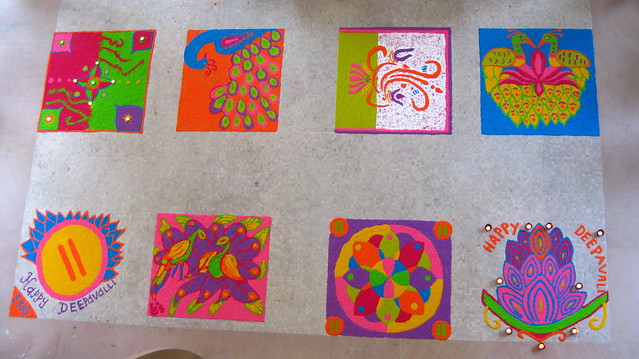
Kolam Competition